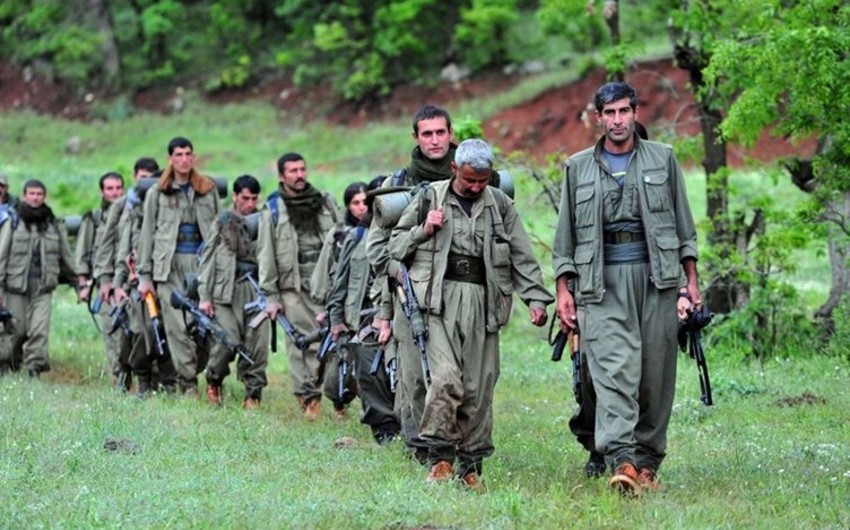What will remain in 100 years’ time of the city or town where you were born: which landmarks or buildings? What about in 500 years? The controversial author Nassim Nicholas Taleb offers a counter-intuitive rule-of-thumb for answering questions like this. If you want to know how long something non-perishable will endure – that is, something not subject to the limits of a natural lifespan – then the first question you should ask is how long it has already existed. The older it is, the more likely it is to go on surviving.
Take my home town, London. If I want to bet on which of its buildings will still be standing a few centuries from now, Taleb’s rule of thumb suggests I should start with the very oldest. At 941 years, the keep at the heart of the Tower of London is a good choice, closely followed by Merton Priory in south London, which has also made it past 900. London’s oldest place of worship, the Church of St Bartholomew-the-Great in Smithfield, has also proved pretty tough: parts of it date back 896 years.
The logic of Taleb’s argument is simple. Because the only judge that matters when it comes to the future is time, our only genuinely reliable technique for looking ahead is to ask what has already proved enduring: what has shown fitness and resilience in the face of time itself, surviving its shocks and assaults across decades, centuries or millennia. The Tower of London may seem modest in comparison to the Shard skyscraper – which sits across the Thames at 11 times the height – but it has also proved its staying power across 94 times as many years. The Shard may be iconic and imposing, but its place in history is far from assured. When it comes to time, the older building looms larger.
.jpg)
Taleb’s preferred name for this line of reasoning is the Lindy Effect, for impeccably eccentric historical reasons. In June 1964, the American author Albert Goldman published an article titled “Lindy’s Law” in The New Republic magazine in which he presented the “cautionary fable” of showbiz conversations in Lindy’s delicatessen in New York. It was here that in-the-know comedians gathered to discuss the likely staying power of their peers. If someone over-exposed themselves by using up their material in a short burst of activity, the reasoning went, their career would soon be over. But if they played the long game, making fewer but higher-impact appearances, this conservation of resources might see them endure for decades in the industry.
Taleb has extended this anecdotal insight considerably. “Things that have been around for a long time are not ‘aging’ like persons, but ‘aging’ in reverse,” he writes in his 2012 book Antifragile: Things That Gain from Disorder. “Every year that passes without extinction doubles the additional life expectancy.”
A book that has been in print for half a century, he argues, can expect to be in print for half a century more. Once it has lasted another 10 years, however, its prospective lifespan increases by that much again. Every additional year tells us something that prognostication cannot. Thanks to an inscrutable variety of intermeshed causes, this volume has continued to find an audience – and its capacity to keep on doing so deserves more respect than the hundreds of thousands of copies of that brand new book sold last year.
Consider London’s buildings once again. They are subject to the same forces of wear and tear as everything else on Earth: they may be tough, but they cannot remain in good condition without human support. And it’s for precisely this reason that the Lindy effect is so useful when it comes to understanding them. The longer something has endured, the more significance and symbolic meaning it has accrued – and the more tests of function and fashion it has passed. The modern city of London, like most cities with hundreds of years of history, bends and weaves itself around its monuments. Over the centuries, fortune and favour have fixed them into the city’s identity. Within days of the fire at the 800-year-old cathedral of Notre-Dame de Paris earlier this year, the watching world had pledged over a billion Euros to fund its reconstruction. It’s unlikely the Shard would have commanded quite the same response.
The force of the Lindy effect – and the relationship between architecture and culture – can also be seen in the efforts of those who wish to eliminate something old. In the name of efficiency and anti-idolatry, Saudi Arabia has over the last few decades destroyed vast amounts of its ancient heritage, aiming to accommodate both the immense number of pilgrims who visit the holy city of Mecca and the ultraconservative Wahhabi ideology of its rulers. Much of the country’s culture and heritage are treated as a threat to this ideology, perhaps because those things that have lasted for centuries may engender more complex and enduring loyalties than absolute rulers are comfortable with.
It’s a situation paralleled by modern China’s razing and sanitising of its cities in the name of modernity and ideological purity – a strategy that, in recent years, has been turned with devastating fervour against Muslim citizens. The Lindy effect marks a deep threat and affront to those who wish to sweep away the complexities and intransigence of our relationship with the past. And it suggests the importance of deploying as your wrecking tool something else at least as ancient and atavistic.
At this point, fitness in the evolutionary sense – that which has proved its worth and adaptability by surviving – may seem to be in conflict with one of the basic principles of reasoned argument. If you cannot give good reasons for something, it is not reasonable to believe it: and saying “things have been like this for a long time” it is surely not a good reason to keep on doing something. Yet this is only a problem if we confuse “good” reasons in the sense of strong reasons with “good” reasons in the sense of praiseworthy or ethically desirable ones. Plenty of terrible practices have a terrible vigour to them, for reasons rooted in the darkest parts of human nature: slavery, murder, rape, fanaticism. The darkest human crimes are also the most anciently attested – and it’s for this very reason that any efforts to mitigate and move beyond them need to be similarly rooted in a close reading of history.
Lindy is one half of Taleb’s toolkit for thinking about the future. The other half is equally important: fragility. Something is fragile when, rather than adapting and surviving, it shatters into pieces at its first major shock. In the evolutionary scheme of things, individual creatures are horribly fragile – but this fragility serves the greater robustness of their species. The varied and competing existences of perishable individuals ensure adaptation and renewal from generation to generation, much as the immense variety of life as a whole on this planet has ensured some survivors of even the most cataclysmic events.

When it comes to human creations – buildings, artefacts, ideas – there’s a similar adaptive superfluity in play. Even the hardiest buildings are fragile in the grander scheme of things. But the emotions and ideas that lead us to admire, maintain and emulate a handful of them are robust.
Similarly, while individual artefacts may be fragile, their lineage is likely to continue if they serve and extend deeply-rooted needs. Hence the innovator’s twin adages: “what significant problem does it solve?” and “how does it make life easier?” If you can’t answer either of these questions about something new – if you can’t in some way connect the temporary to the timeless – it probably makes sense to wait rather than betting the farm.
If you want to think about the future in terms of fragility and robustness, you can sketch a kind of equation based on the above. The future is those pieces of the past that have evolved and endured, minus those parts of the present most likely to crack and crumble. And this is where we should look if we’re hoping to make predictions that matter: at time’s twin extremities of adaptivity and inadequacy. As the author Ursula Le Guin once put it, if you wish to understand that which is enduring, you’re better off exploring the capaciousness of myths than fine-tuning present lines of reasoning. “True myth may serve for thousands of years as an inexhaustible source of intellectual speculation, religious joy, ethical inquiry, and artistic renewal. The real mystery is not destroyed by reason. The fake one is.”
The hot new trend, the next big thing? No matter how big it gets, it almost certainly won’t last. Few things do. Ultimately, nothing does. Yet some phenomena exhibit an extraordinary resilience. And the ancient battleground these have staked out within us and our cultures – between need and desire, love and hate, freedom and servitude – is where the real action will always lie.
When you look across the present moment, almost everything you see is noise. In the long view, it amounts only to distraction. To bastardise a famous quote by the author William Gibson: the future is already here, but the most important parts of it happened a long time ago.
Read more:
-
Are we being watched - Any intelligent life on two close earth-like planets has 'special' view of us
-
Iran declares ‘permanent closure’ of diplomacy with US after sanctions
-
The unexpected history of the air conditioner










